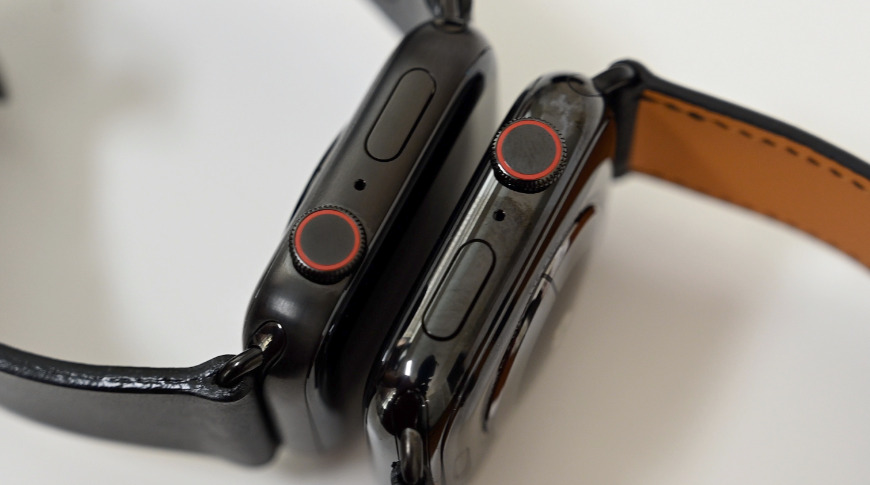A new industry report claims that Apple will first use a micro LED display in a future Apple Watch as soon as 2023.
Following previous reports that the Apple Watch Series 6 might have a micro LED display, a new report backs up the idea that it will not. The chairman of Epistar says that Apple will move to the displays, but suggests that it won't be until a "Series 9" or "Series 10" Apple Watch.
According to Digitimes, Epistar's Lee Biing-jye has said that "there are smartphone vendors showing interest in adopting micro LED displays."
He reportedly said that a watch's 300 x 300 pixels would require around 300,000 micro LEDs. Companies including Epistar have previously had difficulty producing these displays but Biing-jye says that the firm is now able to use what's called mass transfer technology to make a screen in one manufacturing process.
This ability means Epistar is now moving toward achieving what Digitimes refers to as reliable production capability. The company estimates that it will be able to produce micro LED Watch displays in between two and three years.
"Epistar now focuses on improving yield rates for micro LED epitaxy and reducing cost for mass transfer," said Lee Biing-jye.
The chairman says that it will be between four and five years before micro LED can be adopted in volume by TV sets.
Micro LED has the double advantage of offering less power consumption than the current Apple Watch screens, and of being thinner, too. Apple has been in discussions over micro LED for some years, and is believed to be already gearing up to produce devices with the related mini LED technology.
 William Gallagher
William Gallagher








 Bon Adamson
Bon Adamson
 Marko Zivkovic
Marko Zivkovic
 Wesley Hilliard
Wesley Hilliard
 Amber Neely
Amber Neely

 Malcolm Owen
Malcolm Owen






-m.jpg)



17 Comments
That’s still so far ahead. I’m so sick of waiting for better display tech. Micro LED just can’t come soon enough.
I've been shopping for an LCD display and all
I see are flaws and lazy manufacturing. From
the flimsy and half-assed construction (partly due to the RIDICULOUS fad of people demanding bevel-less designs!), to the actual image quality. Every time there’s a minor improvement, people celebrate but they still seem to not notice what’s still wrong. LCD displays are garbage in most ways other than sharpness.
CRTs had better contrast ratios (including actual blacks), less motion blur, faster refresh rates, less latency...
As a person who does low light photography and art with lots of darkness, LCD sucks. As a person who likes other people’s art, LCD sucks. As a person who likes watching space sci-fi shows like “The Expanse”, LCD sucks.
Of course, I’m sure manufacturers of MicroLED displays will inevitably determine that it’s “necessary” to define a certain number of dead LEDs as “normal” & “non-defective”, in order to keep their insane profit margins.
Or is it really that bad now? Have we reached the limits of what we can do when manufacturing tiny little things in the millions per unit? Is it just impossible to have consistent and entirely reliable results? Far too many LCD panels are considered “not defective” & “normal” even though they are full of light bleed & dead pixels.
Of course, many tech geeks still rate these flawed devices as “fantastic” & “beautiful”, and then declare the detail-oriented artists/users as “perfectionist whiners”... Hint: it’s the people who accept broken goods as “fine” who have it wrong.